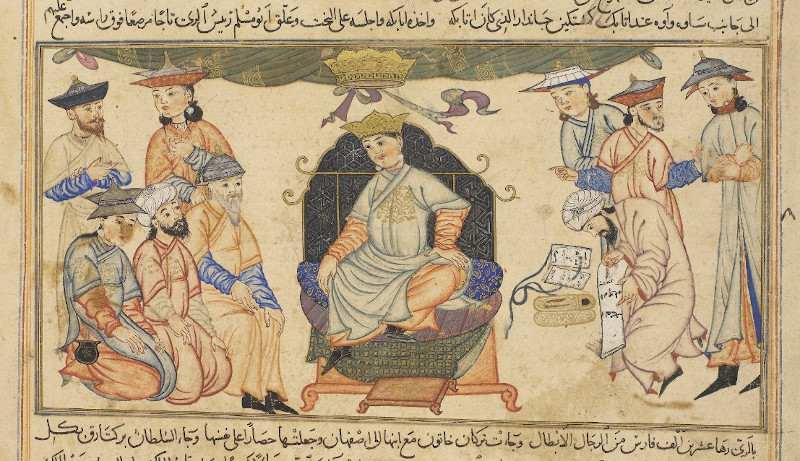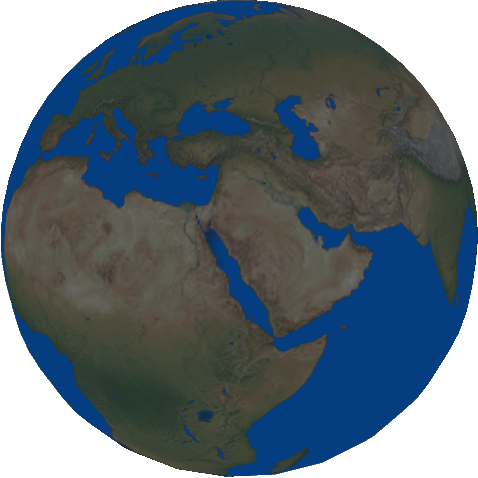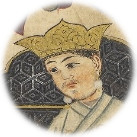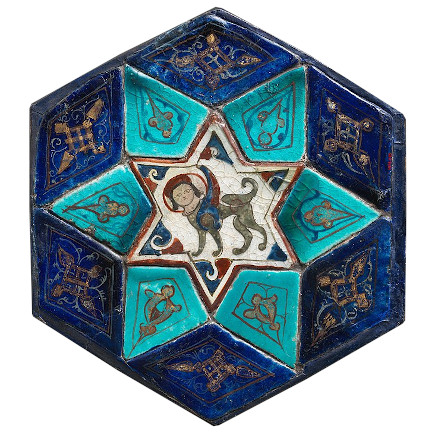Sultan Berkyaruq, 1094–1105
10/1094 AD inherited
Berkyaruq was only thirteen at the time of his father's death in November 1092, meaning that there were no princes of age to inherit the vast Seljuk empire.
Berkyaruq's half-brother Muhammad Tapar was eleven, while another half-brother named Mahmud was four. A brother of Malik-Shah titled Tutush I, who ruled Syria on his brother's behalf, claimed the throne as the only adult, but gained little support from the Turkic elite.
Malik-Shah's death thus marks the start of the decline and fragmentation of the empire, with amirs and palace elites trying each to gain power by supporting one of his young sons as sultan. This would ultimately mark the start of Turkoman atabegates and principalities, which would later stretch from Kirman to Anatolia and Syria.
One of Malik-Shah's wives, Terken Khatun, in cooperation with the Seljuk vizier Taj al-Mulk, installed her four-year-old son Mahmud on the throne at Baghdad She convinced the Abbasid caliph al-Mustazhir (r. 1094–1118) to have the khutba (Friday sermon) read in Mahmud's name, and sent an army under the amir Qiwam al-Dawla Kirbuqa to take Isfahan and capture Berkyaruq.
Meanwhile, the family and supporters of the deceased Seljuk vizier Nizam al-Mulk (known as the "Nizamiyya"), led by the Turkic slave-soldier (ghulam) Er-Ghush, supported Berkyaruq. They had Berkyaruq smuggled out of Isfahan and sent to his atabeg (guardian) Gumushtigin in Saveh and Aveh, who had him crowned at Ray.
Subjects Who or What inherited?
-
Berkyaruq (Barkiyaruq) Sultan of the Seljuk Emp...
Objects To Whom or What was inherited?
-
Seljuk Empire (Great Seljuk Empire, آل سلجوق) A high medieval Turko-Pe...
Events in 1094 MORE












